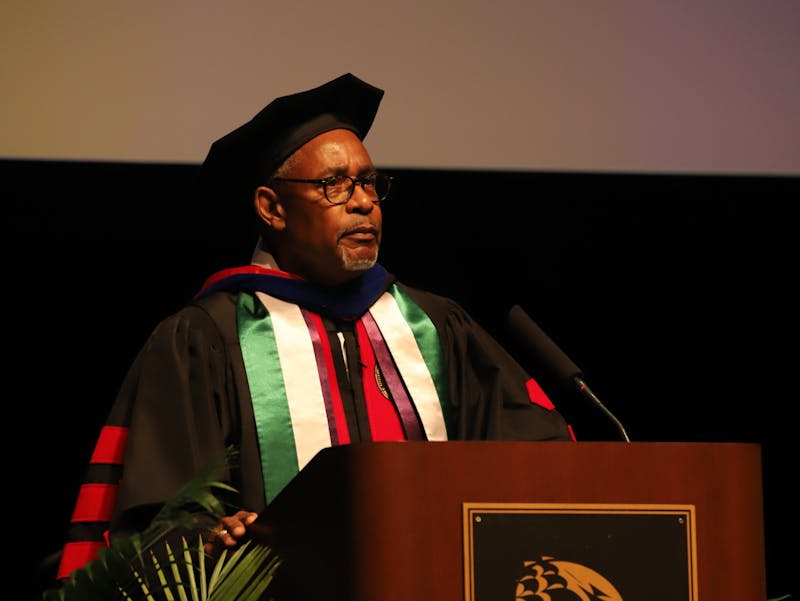New policies limiting journalists’ access to the impeachment hearings underway in our nation’s capital this week are forcing voters to witness history unfold through the lenses of government-operated cameras.
Policies created by Michael Stenger, the Sergeant-at-Arms of the Senate (who was appointed by Majority Leader Mitch McConnell) limit journalists’ ability to move around, use electronics and capture photographs and video. Instead, if journalists want to show visuals, they will have to settle for media provided by the Senate.
This is a grave threat to journalistic independence.
Terry Murphy, the vice president for programming at C-SPAN, said the cameras have “very strict guidelines” on what they capture. They only capture who is speaking, as well as show some wide shots.
“They can’t show others reacting or listening,” Murphy said.
The narrow guidelines of these cameras, and the mere fact they are being operated by those employed by the government, transgress on the ability for independent news organizations to provide a holistic and complete view of the hearing. What if someone makes a comment that is conveniently edited out of what is broadcast to slant what is going on? What if politicians are emoting in the background, revealing that they are excited, frustrated, bored or even asleep?
Voters have a right to know these details, and the disallowance of journalists to photographically capture any of these micro-moments during a historical event is an abridgement of the liberties of journalists to report that which the public has a legitimate right to know.
The fact that these rules come from a government employee appointed by a Republican senator grinds against political elements claiming Donald Trump is being unfairly tried.
If the president is being unfairly undermined by partisan efforts to undo the 2016 election, then why not give independent reporters complete access to prove it? The Republicans are undoing their own narrative.
Restricting access for journalists is nothing new in this political age of Trump. Members of The Slate and SUTV News saw these restrictions in action at the Dec. 10 Trump rally at the Hershey Giant Center.
Trump’s campaign set up barricades behind which the news media needed to remain throughout the entire rally. This limited in the angle and variety of shots they were allowed to take. After Trump arrived at the venue, the news media was not permitted to leave the barricaded section of the floor.
Additionally, Trump’s campaign staff controlled the lighting around the audience. Sections of the seating that were filled with active supporters wearing Trump merchandise were well-lit, which made it easier for photographers to switch from one to another without adjusting their camera settings. Other areas of the audience were dimmed. In this way, Trump’s campaign subtly directed the news media’s attention toward the parts of the audience they wanted the public to see from home.
This action cuts close to home for all of us, however. From local governments to school boards to college campuses, issues with transparency reduce trust in those with power.
Transparency is essential to the functioning of a democracy. How can the public reliably decide who to support on election day when they do not have holistic and independent information regarding those they may choose to elect?
When politicians can control the degree of access to journalists at public historic events such as an impeachment trial, they are able to control the image and the narrative of what is reported. Those elected to office who responsibly wield power must resist the temptation to do away with transparency by restricting access to journalists.


The Slate welcomes thoughtful discussion on all of our stories, but please keep comments civil and on-topic. Read our full guidelines here.